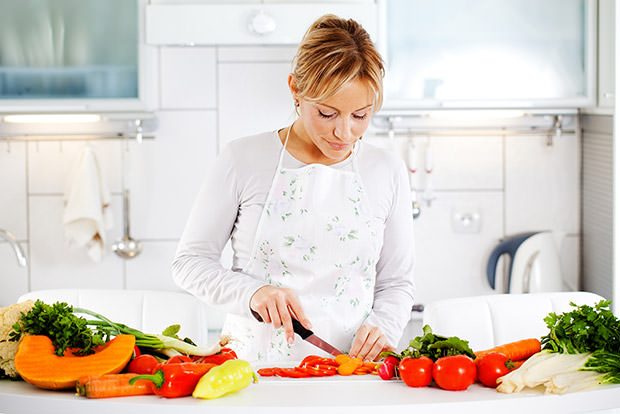
A healthy diet starts in the kitchen. By having a fridge and pantry stocked with fresh ingredients and nutritious snacks, you can better control the foods you eat. A healthy kitchen also requires proper food handling and storage to keep you and your family safe. Take the following test to see if you have a healthy kitchen!
Your spice rack needs its own shelf
Herbs and spices add flavor to your food, reducing the need to add salt. Not only will this reduce sodium, but you’ll also benefit from extra nutrients in herbs and spices. Rosemary and cinnamon contain disease-fighting antioxidants and curry powder contains curcumin, which has been found to reduce joint inflammation.
Your pantry has more ingredients than meal kits
Packaged mixes and meals are convenient, but many contain excess sodium, added sugars, and unhealthy preservatives. Fill your pantry with raw ingredients that allow you to prepare meals quickly. Grains such as whole wheat pasta, whole wheat couscous, and rolled oats are easy and quick to cook. Nut butters, olive oil, low-sugar dried fruits, and seeds are other healthy staples.
Your produce containers are overflowing
Defrosted berries and canned green beans can’t compete with the flavor of fresh varieties. If your favorite fruit or vegetable is in season, stock up and eat them as soon as possible to prevent nutrient loss during storage. Use these fresh foods creatively for quick meals such as stir-fries, pasta salads, fresh salsas, cereal toppings, and yogurt parfaits.
Healthy snacks are at your fingertips
We eat what is convenient, so make healthy foods more accessible. Keep measuring spoons and cups next to your favorite snacks so you can measure appropriate servings. At the beginning of the week, fill sealable bags with pre-measured snacks so you can grab them on your way out the door. Slice vegetables, such as red pepper rings and cucumbers, and wash grapes before storing so they are ready to eat.
High-calorie, low-nutrient drinks are nowhere to be found
Sodas, fruit drinks, alcohol, and energy drinks are loaded with calories but not much else. If you need a break from water, try tea, coffee, milk, or juices with no added sugars. For an easy mocktail, mix fresh fruit juice with club soda.
Food safety is a top priority
A kitchen filled with healthy foods won't do you much good if you're not storing and cooking foods with food safety in mind. Designate some cutting boards for produce only and others for raw meat only. Store raw meats in a separate refrigerator bin or on the lowest shelf so juices do not drip onto other foods. Wash produce thoroughly before eating, and always wash your hands before and after handling food.
You have a leftover tracking system
Avoid foodborne illnesses by eating leftovers before they turn bad. Write on containers so you can determine exactly when foods should be eaten. You can also create a fridge rotation system, such as placing newer leftovers behind older items.
How did you do?
If your kitchen meets all seven criteria, you're on the right track! If not, don’t be discouraged. Set goals and make small changes to your kitchen and your eating habits at the same time.
Additional Reading



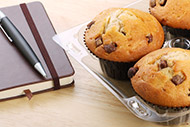 4 Tips for Healthy Office Meetings
4 Tips for Healthy Office Meetings
 11 Healthy Distractions to Help You Stop Snacking
11 Healthy Distractions to Help You Stop Snacking
 6 Tips for Hosting a Healthy Party
6 Tips for Hosting a Healthy Party
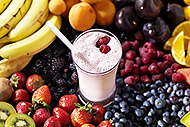 10 Ways to Cut 100 Calories (or more!)
10 Ways to Cut 100 Calories (or more!)
 8 Ways to Celebrate Your Weight Loss
8 Ways to Celebrate Your Weight Loss
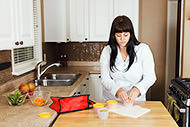 Healthy Changes You Can Make in Minutes
Healthy Changes You Can Make in Minutes
 6 Grocery Shopping Mistakes
6 Grocery Shopping Mistakes
 Tips to Prevent High Blood Pressure
Tips to Prevent High Blood Pressure
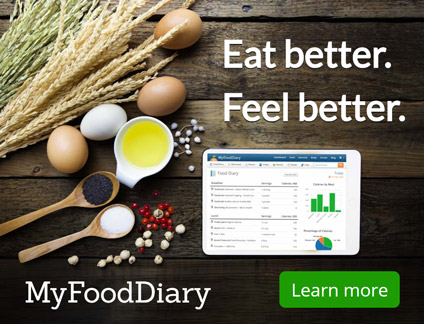
 Pinterest
Pinterest RSS Feed
RSS Feed